Virtual Conference
September 21, 2020 | Written by GreenSoft Technology, Inc.
Learn About SCIP at the European TBM Group Virtual Conference
GreenSoft Technology Is Virtually Exhibiting Our SCIP Database Services
 On October 8th and 9th GreenSoft Technology will be joining RoHS Management Oy, our partners in Europe, to exhibit virtually at the 4th Edition Material Compliance Series by TBM Group.
On October 8th and 9th GreenSoft Technology will be joining RoHS Management Oy, our partners in Europe, to exhibit virtually at the 4th Edition Material Compliance Series by TBM Group.
This year’s conference will focus on the EU Waste Framework Directive (WFD) SCIP Database which takes effect in January 2021.
Through virtual face-to-face networking, in-house case studies, cross industry experiences, round table discussions, panels, and workshops, conference attendees will learn how to manage the challenges of the SCIP Database and how to efficiently meet the 2021 deadline.
Conference topics include:
- In-Depth overview of the substance compliance landscape for 2021
- Creating a roadmap for a workable SCIP Database solution
- Industry specific challenges on acquiring the information necessary for SCIP Database submissions
- SCIP Database mandatory field challenges
- Supply chain & sourcing strategies for industries with complex products
- Supply chain due diligence for heavily regulated industries
- Efficient interdepartmental communication & coordination
- Investing in IT infrastructure to avoid manual workload
The TBM Group conference utilizes a unique end-user driven format to allow cross-industry exchanges between attendees, speakers and exhibitors. The conference brings together industry leaders from across the EU to exchange information and share their challenges in meeting the SCIP Database January 2021 deadline.
We’ll be presenting a seminar alongside RoHS Management to present our SCIP Database solution, as well as provide updates and information on EU RoHS, California Proposition 65, Conflict Minerals, Swedish building market disclosures, Inventory of Hazardous Materials (IHM) for marine and offshore markets, and other regulatory news.
Learn more and register to attend online.




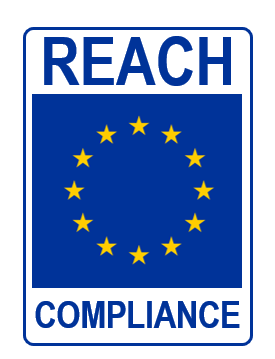 Two substances
Two substances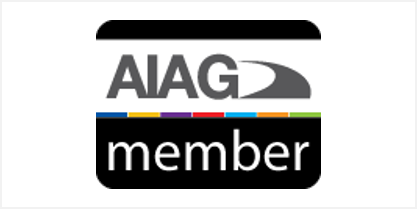 On October 13th and 14th GreenSoft Technology will be exhibiting virtually at the
On October 13th and 14th GreenSoft Technology will be exhibiting virtually at the 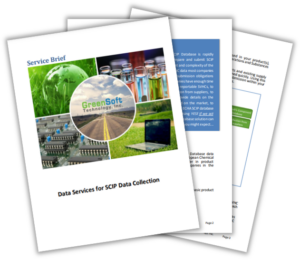 The deadline for submitting dossiers to the EU
The deadline for submitting dossiers to the EU 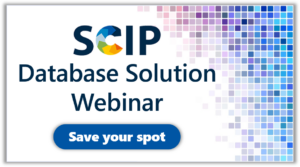 GreenSoft has a solution for the new EU Waste Framework Directive
GreenSoft has a solution for the new EU Waste Framework Directive 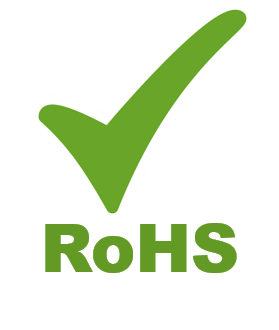 A digital alarm clock has been removed from Amazon.com for failure to comply with the
A digital alarm clock has been removed from Amazon.com for failure to comply with the 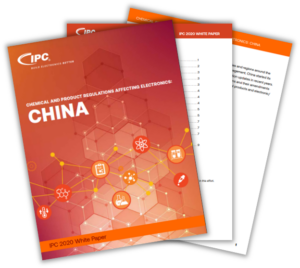 The
The  GreenSoft is offering a new solution for suppliers who must submit documentation on material composition and regulation compliance to Boston Scientific.
GreenSoft is offering a new solution for suppliers who must submit documentation on material composition and regulation compliance to Boston Scientific.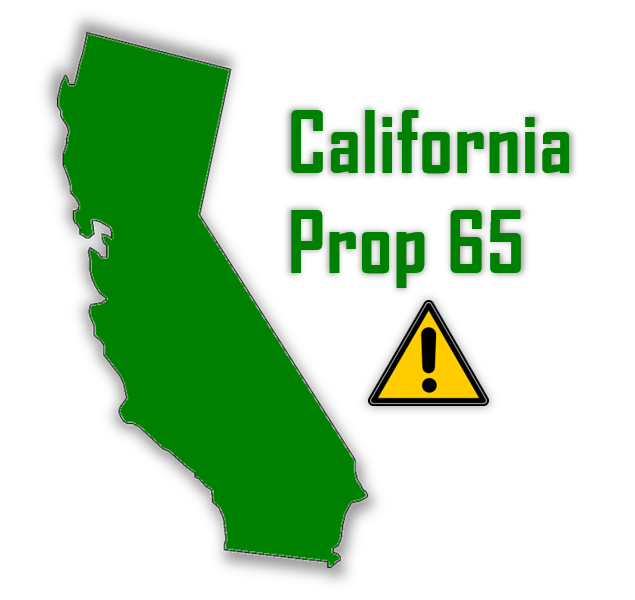 A
A 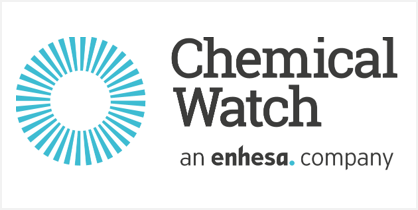 The annual
The annual 